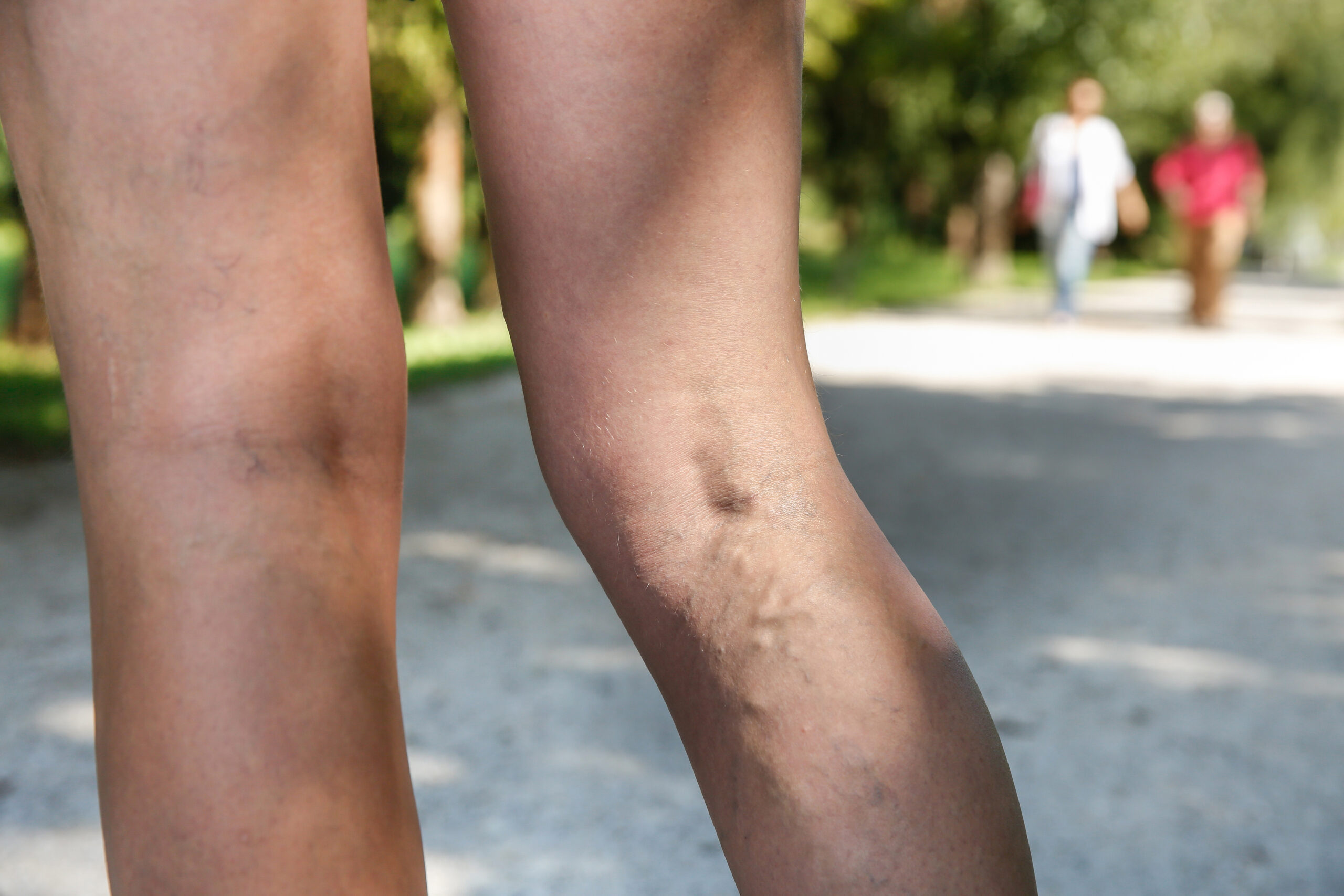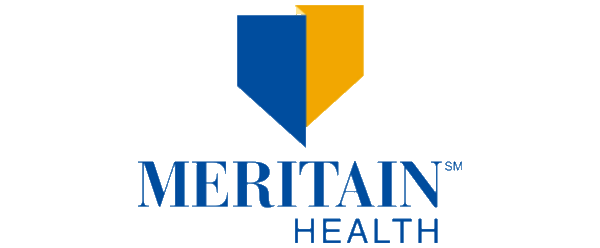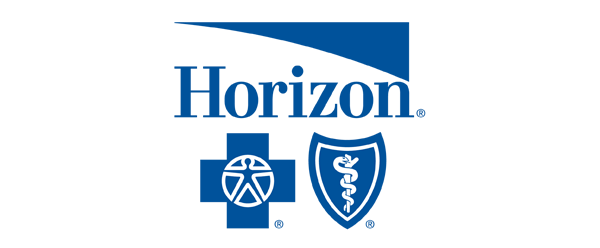Sclerotherapy for healthy veins creates a small injury to a vein’s lining, shutting down faulty veins so your body can clear it away. This triggers a process that causes the body to erase the vein from the inside out.
The success of the procedure depends heavily on the chemical agent your doctor chooses. Both sodium tetradecyl sulfate and polidocanol work by breaking apart cell walls, causing them to swell and die.
Hypertonic saline, however, attacks from a different angle by draining water from the cells until they shrink. No matter which agent is used, the goal remains the same: the vein walls puff up and stick together, stopping blood flow.
Eventually, a harmless scar tissue forms where the vein once was, ensuring there’s no chance for that vein to reopen.
“A variety of treatment methods, including sclerotherapy, are currently being employed for varicose veins,” according to the Annals of Phlebology. “Sclerotherapy, a minimally invasive technique, has recently gained increased attention, and various approaches are being developed and introduced. Although long-term clinical outcomes have yet to be fully established, recent major clinical guidelines are referencing sclerotherapy with increasing frequency, and both the quality of evidence and the strength of recommendations are steadily improving.”
Clinical Guidelines and Sclerotherapy for Healthy Veins
American and European recommendations regarding sclerotherapy for healthy veins are distinctly shaped by their respective health care systems.
European guidelines often encourage sclerotherapy for treating saphenous trunks below 6 millimeters. They also offer guide rails for supporting sclerotherapy to treat varicose veins on your foot or ankle, ulcers, or in the case of sudden bleeding.
However, U.S. recommendations are unique as well – shaped by American medical expertise. Each set of rules reflects its own medical culture.
| Therapy and Approaches | U.S. Guidelines | European Guidelines |
| First-Line Therapy | Sclerotherapy is not recommended as a first-line treatment for axial reflux in major saphenous veins. | Sclerotherapy is recommended more aggressively. Ultrasound-guided foam sclerotherapy (UGFS) may be used to treat saphenous trunks with a diameter of 6 mm or less. |
| Treatment Approach | Sclerotherapy for tributaries is recommended in a concomitant or staged fashion with ablation of major veins. Concomitant treatment has a strong recommendation (Grade 1), but with low-quality evidence. | Significantly incompetent associated veins should be treated first, indicating a staged approach. |
| Technical Recommendations | The guidelines are less detailed on specific techniques for foam preparation. | Emphasize that foam sclerotherapy should be performed under ultrasound guidance (Class I, Level C) for both safety and efficacy. |
The Role of Your Immune System
Believe it or not, an injury from your treatment initiates the process of sclerotherapy for healthy veins, with clots forming to kick off healing.
The long-term success of the procedure, however, relies on your immune system, especially macrophages, which act as nature’s cleanup crew. Without these cells, your body wouldn’t be able to finish the job.
Working hard behind the scenes, macrophages first cause inflammation in what scientists call the M1 state. During this phase, their main job is to clean up dead tissue left by the treatment by releasing substances like IL-6 and TNF-α to manage the initial chaos inside the healed vein.
Soon after, things begin to cool down as macrophages switch gears to the M2 state. Now acting like tiny repairmen, these M2 cells use a process called efferocytosis to eat up dying cells and help the body finish its repairs.
As this unfolds, the treated vein disappears from under the skin, leaving everything looking smoother. This entire recovery depends on these tiny specialists doing their work at the right moment.
Sclerotherapy for Healthy Veins: Patient Timeline & Outcomes
After you receive sclerotherapy for healthy veins, changes don’t happen overnight, as your body handles the treated veins at its own pace. Small spider veins may fade in just a few weeks, while larger varicose veins can take up to six months to disappear.
Because some people heal quicker than others, the speed of recovery is largely decided by your immune system. After a doctor chooses the right treatment method and ensures everything is delivered properly, it’s important to follow post-procedure instructions.
Wearing compression stockings, for example, can help the healing process along by keeping veins closed and supporting good blood flow. Strenuous exercise should be avoided right away, and you should stay out of the sun on treated spots to lower the risk of dark marks.
As waiting for the final result takes time, patience goes a long way with sclerotherapy. Your body is busy breaking down and absorbing the treated tissue.
“Indications (reasons) for using sclerotherapy include treatment of spider veins or other skin blemishes, treatment of reticular veins or small varicose veins when there is no major reflux, and treatment of veins less than 3 mm that remain after surgery or larger veins 3-4 mm that are not due to underlying perforating vein problems,” states a report by the American Venous Forum. It adds: “Treatment of perforator veins with incompetence or back-flow in some cases, treatment of bleeding varicose veins, and treatment of large varicose veins hidden below a venous ulcers.”
Technical Advancements in Sclerotherapy
Modern sclerotherapy for healthy veins has changed a lot thanks to foamed sclerosants, which are made by mixing a detergent solution with a gas like air or carbon dioxide.
This mixture creates a microfoam that works much better than the usual liquid versions, providing stronger results with a smaller amount. The foam sticks around longer in the vein, pushes blood out more effectively, and allows the medicine to cling to the vein wall, which ultimately improves the treatment’s efficacy.
However, preparing the foam isn’t simple, and there’s ongoing debate over the best method. Researchers have noticed that the foam’s durability, or how quickly it drains, depends on several factors, including:
- The type of syringe used.
- The solution’s temperature.
- The surfactant concentration.
- The pump speed.
Even something as small as the syringe brand can change how stable the foam stays.
Sclerotherapy for Healthy Veins and the Patient’s Story
Sclerotherapy for healthy veins is a procedure that usually takes less than an hour, during which you simply walk into the clinic, sit down, and get started. On the day of your treatment, be sure not to shave your legs or use lotion.
During the visit, a thin needle will target your vein. Most people only feel a quick sting or a slight cramp.
After the injection, walking is important because it gets your blood moving and lowers the risk of clots. Your doctor will also remind you to wear compression stockings or bandages, which you might need for up to three weeks.
For the best results, you should wait on heavy workouts and avoid sunbathing for a bit to prevent dark spots. You should also skip pain relievers such as aspirin or ibuprofen since your body needs a bit of swelling to kickstart the healing process.
Following these small steps really shapes how well you recover – and how cosmetically beautiful your legs can become.
“Between filming an earlobe reduction surgery and announcing some pregnancies, Keeping Up With the Kardashians isn’t holding much back this season,” states New Beauty. “Case in point: A recent episode had Kris Jenner recommending to daughter Khloé Kardashian to fix her varicose veins — saying the procedure ‘really hurts, but really works’.”
The article goes on to point out that Beverly Hills, CA dermatologist Ava Shamban, MD says the “treatment referred to — sclerotherapy — is a tried-and-true procedure where the solution is injected into either spider veins or varicose veins in the legs and thighs to eliminate them.”
The Lived Experience, Permanence, and Recanalization
People often think sclerotherapy for healthy veins is only for cosmetic purposes, but real patient stories say otherwise.
While many worry about pain, most describe only a quick pinch or a mild burn that fades fast. Some patients even say that any soreness was well worth how much better they feel afterward.
For many, visible veins caused shame and kept them from wearing shorts, but they found quick relief after treatment, which led to a boost in confidence. Many also noticed less aching or heaviness in their legs, with night cramps fading for several. Some patients, who before had described their pain as horrific, later start walking again and describe the results as life-changing.
People often wonder if treated veins can come back, a process doctors call recanalization, which happens in about 10 percent of cases after several months. This may require extra appointments.
Whether a vein closes for good depends on several factors, as bigger veins are harder to treat, and the amount of medicine a doctor uses and the depth of the damage both matter. Wearing support stockings after the visit helps a lot, but each person’s body responds differently. Age and weight play a role, and some people simply heal faster than others.
Side Effects of Sclerotherapy for Healthy Veins
Patients should be aware of possible side effects from sclerotherapy for healthy veins and know how to handle them to make the process easier. While some side effects may appear right away, others can show up much later.
It’s a good idea to write down any changes you notice. If something feels off, tell your doctor right away and consider keeping a journal to track your symptoms. Always ask questions if something worries you, as being prepared puts you in control.
Here are some things to know:
- Hyperpigmentation: Mild discoloration is common due to residual iron from red blood cell breakdown. It can persist for many months but usually resolves over time.
- Vein Responsiveness: Some vein types are more responsive than others. Small spider veins and reticular veins generally respond quite well, while larger veins with high blood flow or significant reflux can be more challenging, requiring a higher volume of sclerosant, foam, or even a different type of therapy.
- Aesthetic Timeline: Patients are advised that the full aesthetic result can take up to 18 months in some cases.
Early on, be on the lookout for skin staining. Since healing takes time, stick with the right steps to achieve good results.
Success comes from careful attention and solid follow-up. Quick fixes rarely work, so patience matters most during recovery, and each small step counts.
Wellness and Pain
Sclerotherapy for healthy veins is Wellness and Pain’s expertise. We offer conservative treatments, routine visits, and minimally invasive quick-recovery procedures. We can keep you free of problems by providing lifestyle education and home care advice.
This enables you to avoid and manage issues, quickly relieving your inhibiting lifestyle conditions when complications arise. We personalize patient care plans based on each patient’s condition and unique circumstances. Wellness and Pain can help improve wellness, increase mobility, relieve pain, and enhance your mental space and overall health.











